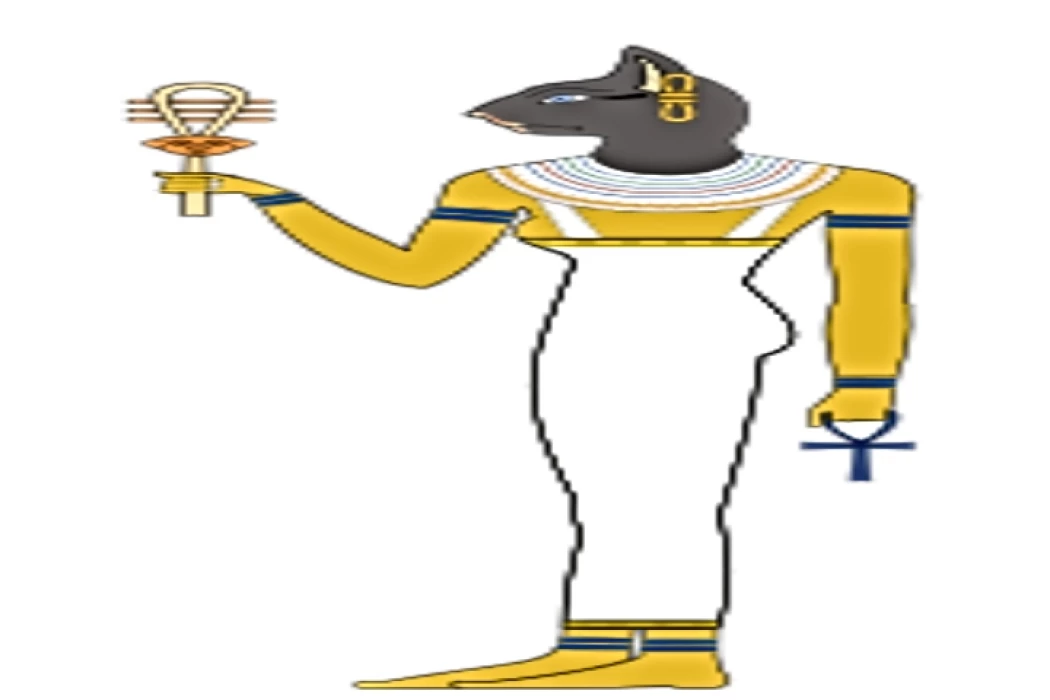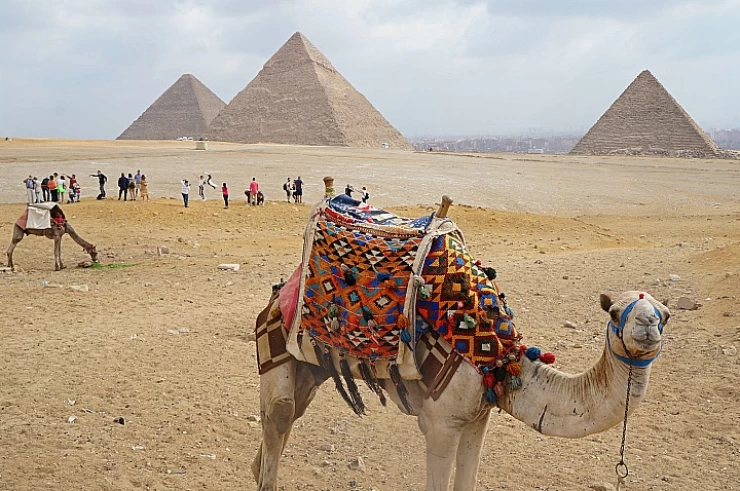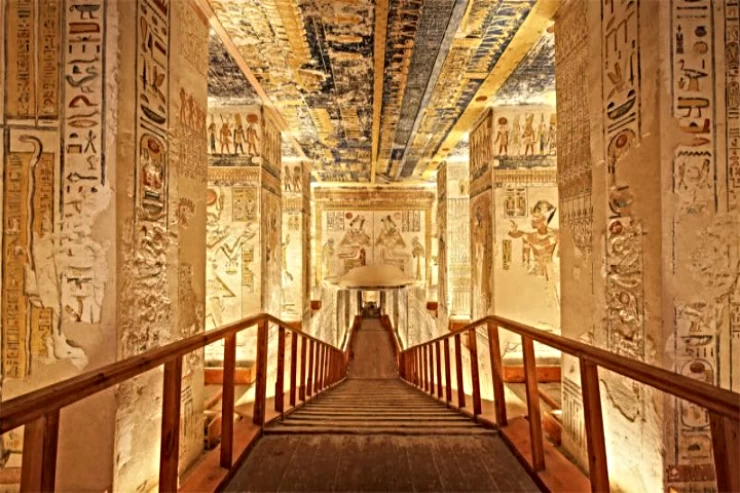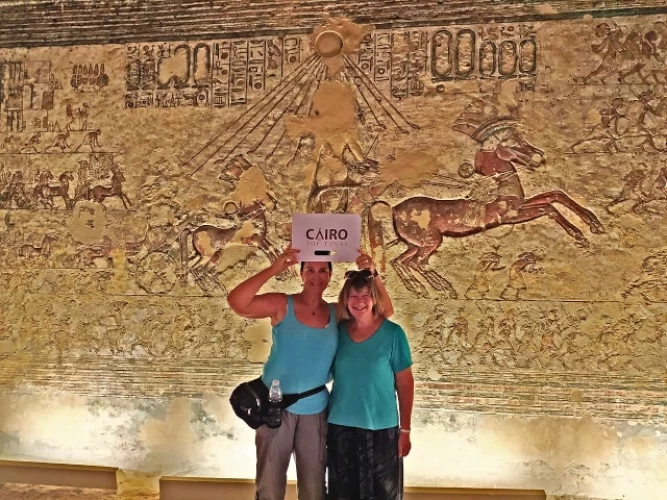
Bastet ( Deus do antigo Egipto )
Bastet ( Deus do antigo Egipto )
Há uma grande diferença entre o deus Sekhmt e o deus Bastet que têm a mesma forma representada, mas com uma missão diferente, de modo que a adorável deusa Bastet da piedade e da misericórdia, mas Sekhmet é a deusa da guerra e do poder.
Bastet de acordo com a antiga religião egípcia é a esposa de Atum e também adorou "Bastet" no Alto Egipto, onde foi comparada ou representada pela deusa "Morte", a esposa de "Amun" em "Tebas".
Ela também era adorada em Memphis, e tinha o título (Nossa Senhora de Ankh Tawi) desde o Velho Reino. O seu culto estendeu-se a Dendara, que era conhecida como (Bubasta Upper Egypt). O seu culto estendeu-se também a "Tebas", "Heliópolis", "Bani Hassan" e "Núbia".
Do mesmo modo, foi dito sobre Hathor: "Ela estava tão farta de raiva e absteve-se quando estava feliz". Desde o Reino do Meio, Bastet foi considerado o rosto calmante da deusa Sekhmet, ou o olho calmante de Ra, em oposição ao poderoso Olho de Ra (Sekhmet) no mito da destruição humana.
A relação entre Bastet e Hathor
Os deuses também tinham uma relação com os deuses Hathor, cada um dos deuses da diversão, e Bastet por vezes representava a delegação da sua mão a chocalhar sob a forma da cabeça de Hathor, e a adoração dos deuses Bastet fundiu-se com a adoração das divindades de Hathor na era do Velho Reino, como os deuses representavam Hathor nas paredes do templo do Rei Bibi I (a família) Sexto), depois Hathor apareceu ao lado do rei Bibi o Primeiro, e parece que este rei estava interessado em adorar os deuses Hathor na área de Basta, ao lado do seu ídolo principal, os deuses Bastet, e os deuses foram retratados numa pedra encontrada na cabana do referido templo, e pode ser considerada uma metáfora para isto. A inscrição às divindades locais Bastet. Os deuses Hathor eram famosos por serem Sekhm quando ela estava zangada, e ela costumava ser calma e alegre, e havia uma semelhança entre a festa dos deuses Bastet e a festa da deusa Hathor, que foi chamada: A Festa da Ressurreição. Tal como os deuses Bastet se fundiram com os deuses, Hathor, desde a era do Velho Reino, como já indicámos, os deuses tomaram o estatuto dos deuses para Hathor da era do Médio Reino, para se fundirem com os deuses Bastet, assim a adoração dos deuses Bastet estava ligada à adoração da Morte do deus em Tebas, pelo que os deuses eram chamados Bastet: os deuses são Bastet da morte, e representavam enquanto colocavam na sua cabeça as penas do deus Shu e dois chifres entre eles, o disco do sol.
Quanto ao marido dos deuses, a morte de Bastet, ele é a deusa Ra Atum, minha irmã, Hur, que foi representada sob a forma de um falcão cuja cabeça é coroada pela deusa Shu, e a ligação dos deuses Bastet com os deuses morreu para considerar o deus Khonsu, o deus da lua, o filho dos deuses, a morte, um pai da deusa Bastet, e a aparência dos deuses foi associada a Bastet. Na presença da sala de nascimento, os antigos egípcios acreditavam que Bastet ajudava as mulheres a conceber crianças, enquanto o deus Khonsu ajudava o feto a crescer no ventre da mãe.
Traduzido com a versão gratuita do tradutor - www.DeepL.com/Translator
There is a much difference between the Sekhmt god and the Bastet god they have the same represented form but with a different mission so the lovely Bastet goddess of pity and mercy but Sekhmet is the goddess of war and power.
Bastet according to the ancient Egyptian religion is Atum`s wife and She also worshiped "Bastet" in Upper Egypt, where she was likened to or represented by the goddess "Death", the wife of "Amun" in "Thebes".
The relationship between Bastet and Hathor
The gods also had a relationship with the gods Hathor, each of the gods of fun, and Bastet sometimes represented the delegation of her hand rattling in the form of the head of Hathor, and the worship of the gods Bastet merged with the worship of the deities of Hathor in the era of the Old Kingdom, as the gods depicted Hathor on the walls of the temple of King Bibi I (the family) Sixth),
then Hathor appeared standing next to King Bibi the First, and it seems that this king was interested in worshiping the gods Hathor in the area of Basta, next to her main idol, the gods Bastet, and the gods were depicted on a stone found in the cabin of the aforementioned temple, and it can be considered a metaphor for this. The inscription to the local deities Bastet.
The god Hathor was famous for being Sekhm when she was angry, and she used to be calm and cheerful, and there was a similarity between the feast of the gods Bastet and the feast of the goddess Hathor, which was called:
The Feast of Resurrection. Just as the gods Bastet merged with the gods, Hathor, since the era of the Old Kingdom, as we have already indicated, the gods took the status of the gods to Hathor from the Middle Kingdom era, to merge with the gods Bastet, so the worship of the gods Bastet was linked to the worship of the god's Death in Thebes, so the gods were called Bastet:
the gods are death Bastet, and represented while placing on her head the feathers of the god Shu and two horns between them, the sun disk.
The meaning of Bastet
Her name is derived from the name of the city of Bast (Bubast (Bubastis in Greek)), the center of her cult in the 18th region of Lower Egypt, and it is likely that her sacred animal was not originally the cat but the lioness. She was also called "Lady of Basta" in connection with her place of worship, a title that remained in the texts until the end of ancient Egyptian history.
The goddess Bastet was depicted as a cat-headed woman holding in one hand the shakshikha of Hathor and in the other holding a basket. She is also sometimes depicted as a cat. The goddess Bastet is usually depicted as a seated female lioness, or as a female human figure with a lioness or cat head, and on some Second Dynasty steins she appears as a woman with a lioness head. Bastet has been associated with the cat since the Middle Kingdom.
The gods are death Bastet, and represented while placing on her head the feathers of the god Shu and two horns between them, the sun disk.

















